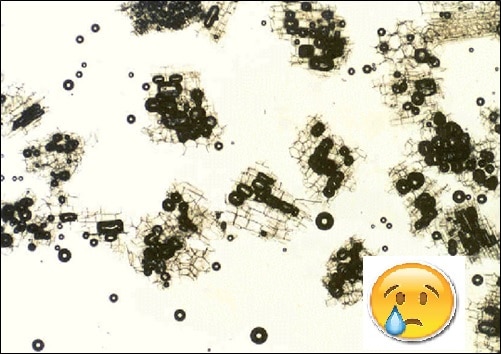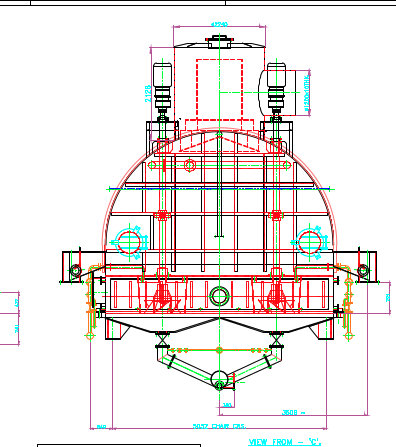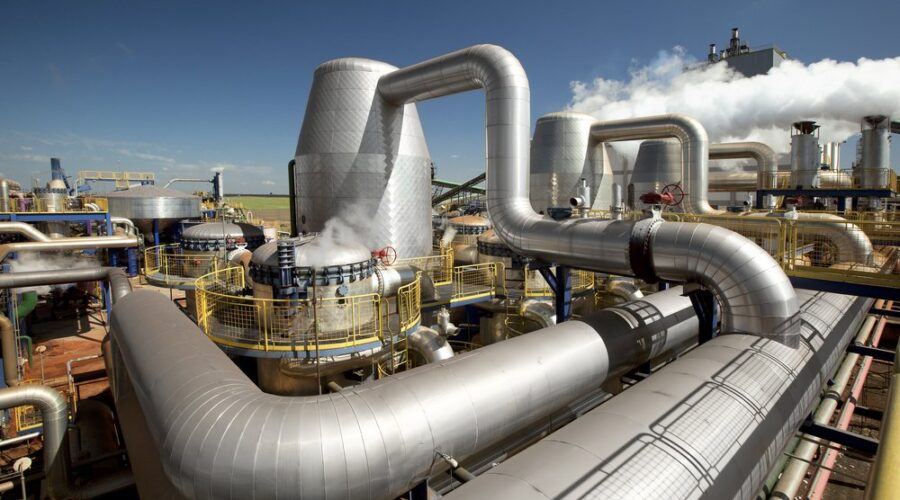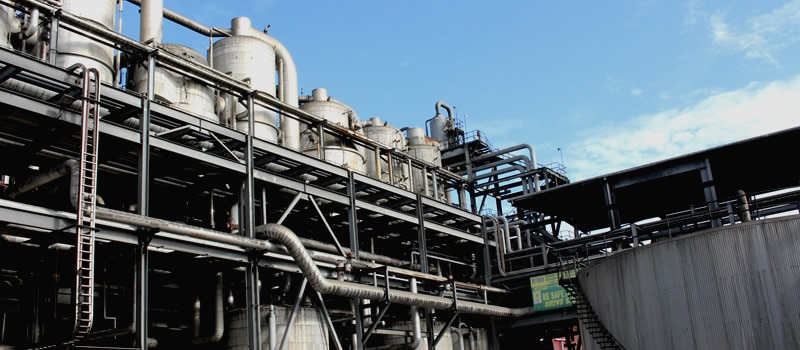To achieve the optimum results of your clarification station, Schaffer Sugar Services recommends the following 8 practices that will yield to better juice quality in your factory.
- Juice Flow Control: Always attempt to have a maximum variation of ± 5% between the juice flow to the clarifier and the loop’s SetPoint (SP). Operations such as heating and liming are much slower to respond to steep flow variations, thus the importance to guarantee a stable flow to enhance the performance of the control loops downstream.
- pH Control (Liming): Always attempt to attain a pH control with a maximum variation of ±0.1 between the Process Value (PV) and the SP. Always adjust the pH SP to the lowest possible that yields to a bright, high-quality juice, this action reduces the possibility of high ash content and color generation downstream. It is crucial to bear in mind that to attain these goals the following parameters must also be taken into account:
- The proper preparation of lime slurry or calcium saccharate.
- The quality of the lime utilized.
- The quality of the water used to prepare the lime slurry.
- Juice Temperature Control: Always attempt to have a maximum variation of ±1.0 ⁰C between the SP and PV to avoid the presence of mud or bagacillo particles in the clear juice. Avoid temperatures lower than 102 ⁰C or exceeding 105 ⁰C.
- Poor temperature control and/or poor flashing lead to air bubbles attached to the bagacillo.

- Good temperature control and good flashing lead to no air bubbles attached to the bagacillo.

- Juice Conditions: Remember that the juice to be processed in the clarifier must come from fresh and clean sugarcane to achieve the best results. The phosphate concentration of the juice must be higher than 300 ppm to attain high-quality juice.
- Flocculant Preparation: The right preparation of a flocculant solution requires the use of high-quality condensate or demineralized water at a temperature lower than 50 ⁰C. The water pH should be slightly alkaline at around 8.0. The water’s pH can be adjusted using a solution of caustic soda. The aging time of the flocculant solution should be at least two (2) hours using low-speed agitation.
- Flocculant dose: Procure that the flocculant dose corresponds to the right proportion of the juice fed to the clarifier. Guarantee a settling velocity greater than the design settling velocity to optimize the settling area of the clarifier. It is essential to dose the flocculant at a feed point as close as possible to the clarifier to avoid the destruction of the flocs.
- Sludge Evacuation: Remember that mud should be evacuated as consistently and continuously as possible from the clarifier. This operation should be carried out gently to avoid short-circuiting currents that would allow the passage of the juice through the sludge.
- Clarifier Lagging: It is essential to insulate the pipelines, the flash tank, and the clarifier to minimize heat loss in the equipment which may lead to the generation of temperature gradients that can produce deleterious effects such as driving mud solids and fiber with the clear juice.







